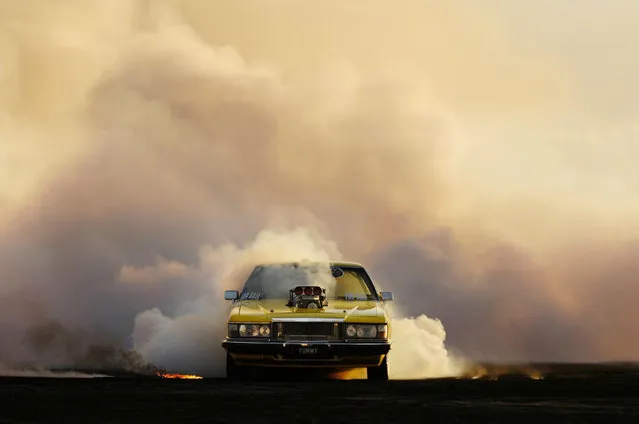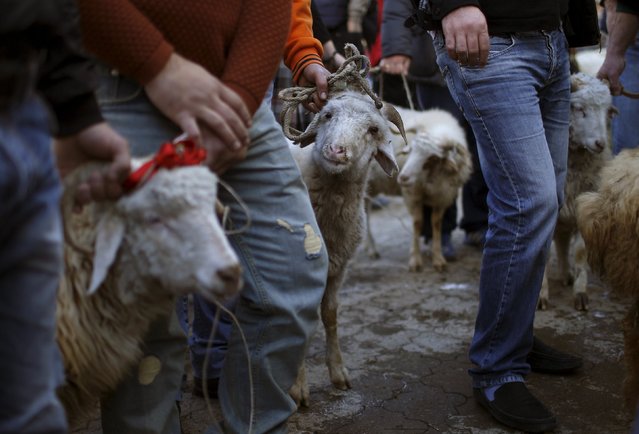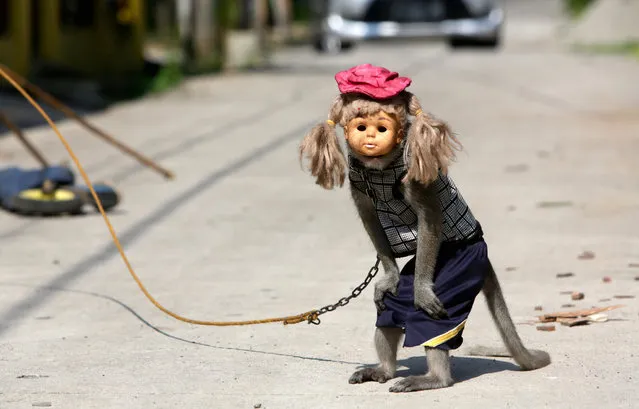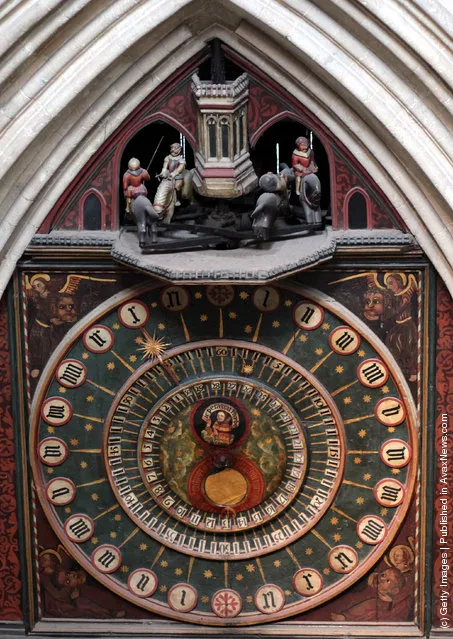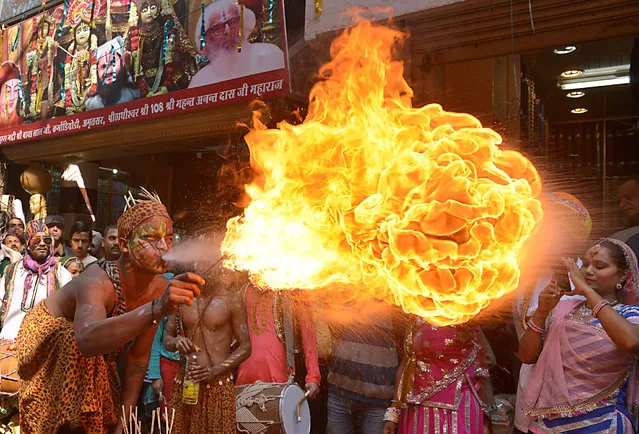
“Rainbow Gatherings are temporary intentional communities, typically held in outdoor settings, and espousing and practicing ideals of peace, love, harmony, freedom and community, as a consciously expressed alternative to mainstream popular culture, consumerism, capitalism and mass media”. – Wikipedia. Photo: Rainbow Gathering Quebec 2012. (Photo by Benoit Paillé)
25 Jan 2013 09:20:00,post received
0 comments

